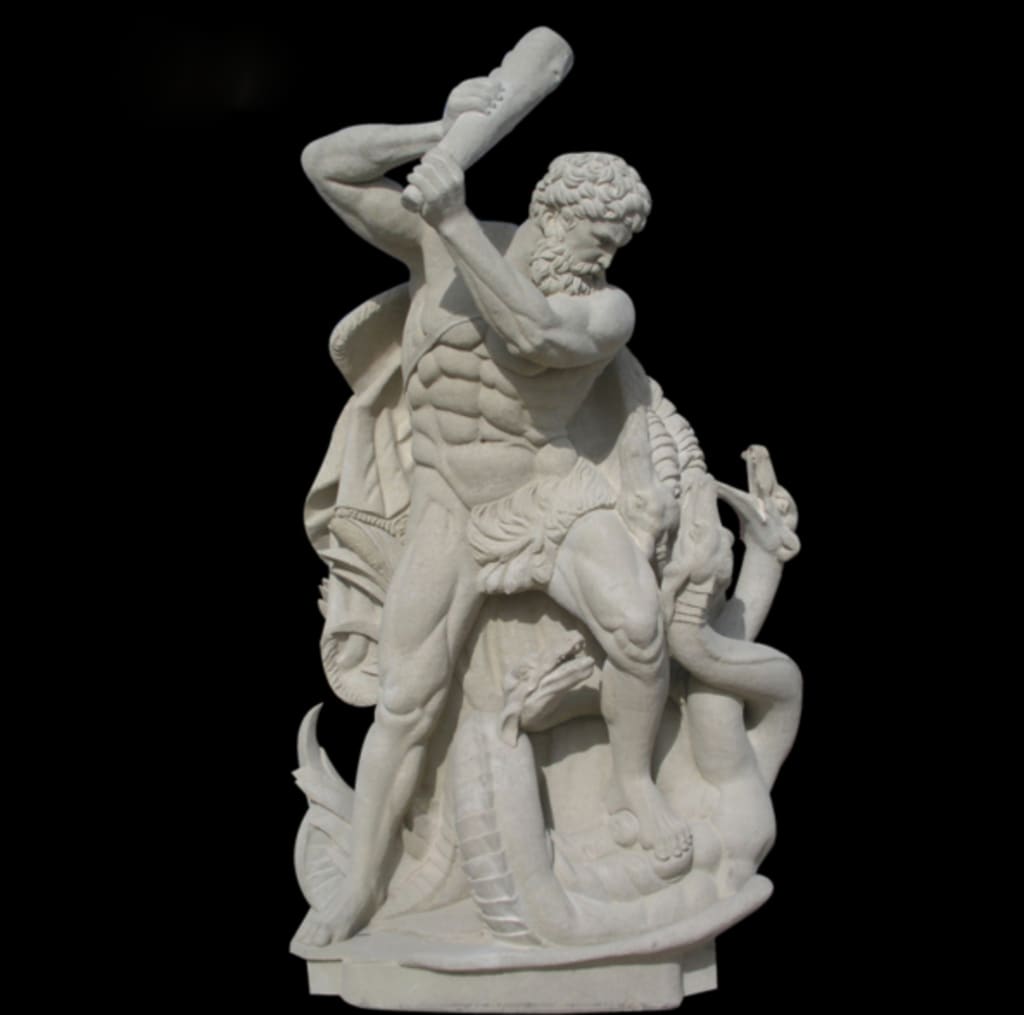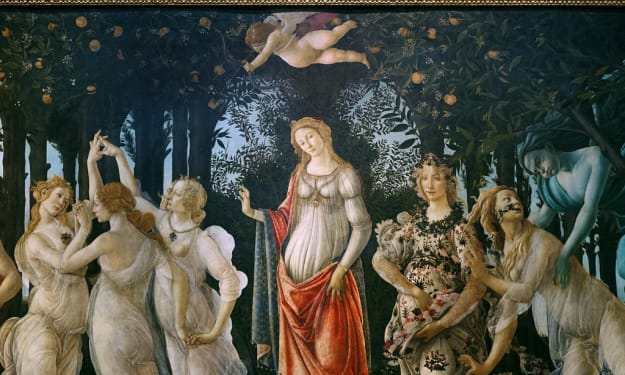Unveiling the Timeless Legacy of Greek Marble Statues
From Divine Beauty to Cultural Icons

Greek marble statues stand as timeless masterpieces that encapsulate the essence of ancient Greek civilization. Spanning over centuries, the history of these statues reveals a profound evolution in artistic expression, philosophical ideals, and cultural identity. From the majestic Parthenon sculptures to the intricate Hellenistic masterpieces, Greek marble statues continue to awe and inspire audiences worldwide, serving as enduring symbols of beauty, perfection, and human ingenuity.
The origins of Greek marble sculpture can be traced back to the Archaic period (circa 600-480 BCE), a time of burgeoning artistic experimentation and cultural development in ancient Greece. During this period, sculptors began to explore the representation of the human form, creating statues known as kouroi and korai. These statues, typically depicting idealized male and female figures with stiff, frontal poses and stylized features, served various religious, votive, and commemorative purposes. Carved primarily from local limestone and marble, these early sculptures laid the groundwork for the artistic achievements that would follow in the subsequent centuries.
The Classical period (circa 480-323 BCE) witnessed a remarkable flourishing of Greek marble sculpture, characterized by a profound shift towards naturalism, realism, and anatomical accuracy. Master sculptors such as Phidias, Polykleitos, and Praxiteles emerged during this period, producing works that epitomized the ideals of kalos kagathos—physical beauty and moral excellence. Marble, with its luminous quality and sculptural versatility, became the preferred medium for expressing the artistic and philosophical ideals of the time.
One of the most celebrated examples of Classical Greek marble sculpture is the Parthenon frieze, a monumental relief that adorned the exterior of the Parthenon temple on the Acropolis of Athens. Commissioned by the statesman Pericles and executed by Phidias and his workshop, the frieze depicted the Panathenaic procession, a religious festival honoring the goddess Athena. Through meticulously carved figures and dynamic compositions, the frieze captured the vibrancy and vitality of Athenian civic life, while also serving as a potent symbol of Athenian cultural and political supremacy.
The Hellenistic period (circa 323-31 BCE) marked a period of artistic innovation and experimentation in Greek marble sculpture. With the conquests of Alexander the Great and the subsequent spread of Greek culture across the Mediterranean world, Hellenistic sculptors embraced new themes, techniques, and aesthetic sensibilities. Marble statues became increasingly expressive, emotive, and dynamic, reflecting the diverse influences of Greek, Egyptian, Persian, and Eastern artistic traditions.
Masterpieces of Hellenistic marble sculpture, such as the Nike of Samothrace and the Laocoon Group, exemplify the era's fascination with movement, emotion, and narrative complexity. These sculptures, carved with remarkable skill and attention to detail, depict scenes of myth, history, and everyday life with unparalleled realism and drama. Through their dynamic poses, expressive faces, and intricate drapery, these statues captivate viewers and transport them into a world of myth, heroism, and adventure.
Despite the eventual decline of Greek civilization, the legacy of Greek marble sculpture endured and continued to influence subsequent artistic movements. During the Roman period, Greek statues were prized as symbols of status, wealth, and cultural sophistication, with Roman patrons commissioning copies of famous Greek works to adorn their villas, gardens, and public spaces.
The rediscovery of Greek sculpture during the Renaissance sparked a renewed interest in classical art and aesthetics, inspiring artists such as Michelangelo, Donatello, and Bernini to study and emulate the grace, beauty, and technical skill of ancient Greek marble statues in their own works. Today, Greek marble statues remain as potent reminders of the artistic achievements and cultural legacy of ancient Greece. Whether displayed in museums, public squares, or private collections, these sculptures continue to captivate and inspire viewers, inviting us to contemplate the timeless beauty, enduring significance, and profound humanity of Greek art and civilization.
About the Creator
Janie
Passionate about unraveling the intricate tapestry of art history and contemporary artistic expressions. Beyond brushstrokes and colors, into the mental and physical struggles of artists.
Enjoyed the story? Support the Creator.
Subscribe for free to receive all their stories in your feed. You could also pledge your support or give them a one-off tip, letting them know you appreciate their work.






Comments
Janie is not accepting comments at the moment
Want to show your support? Send them a one-off tip.